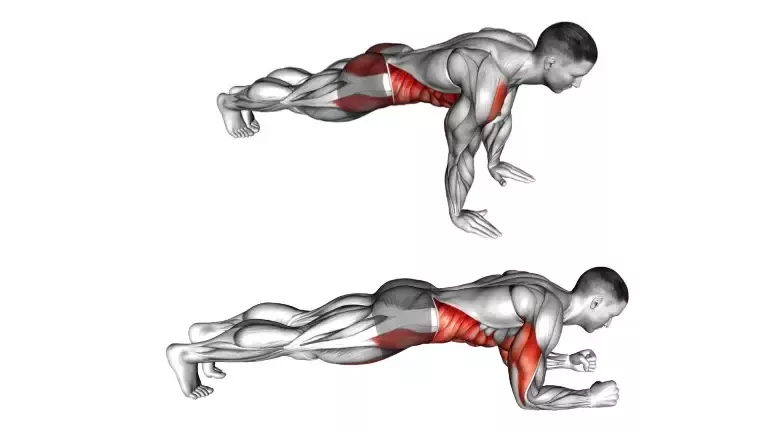
OCT 01, 2024
NEW CHAPTER
We can say that the beginning of October is an indirect announcement of the end of the wonderful summer season. As the colder seasons begin, so does the period of increased eating. Therefore, we must prepare well to achieve the famous saying: “Summer bodies are made in winter.” With that in mind, we have selected these types of exercises to be key activities for the upcoming period.






